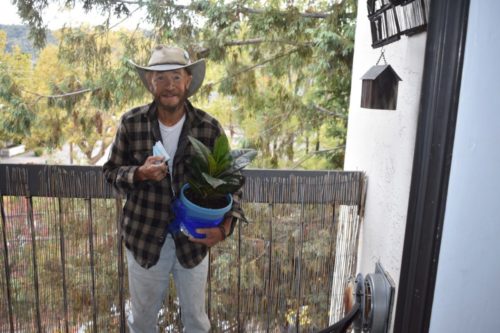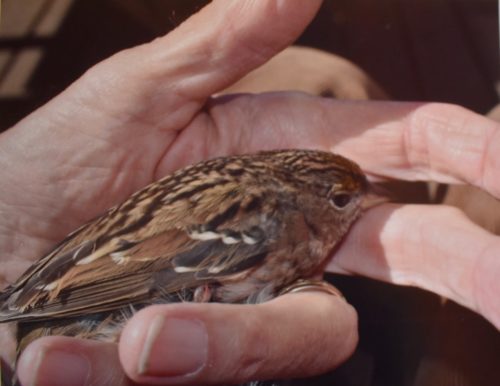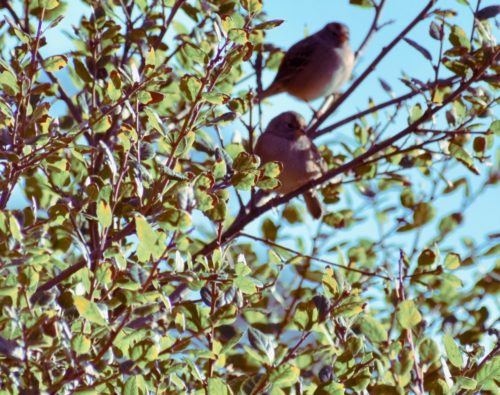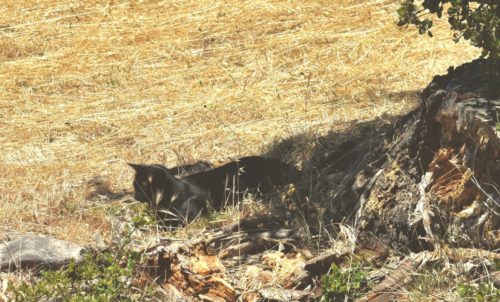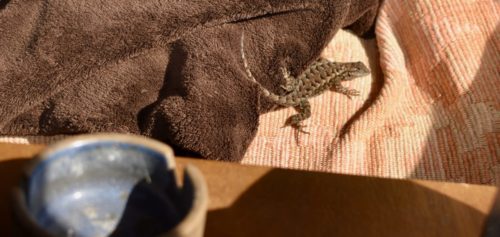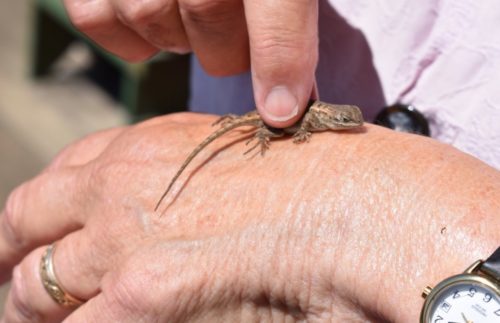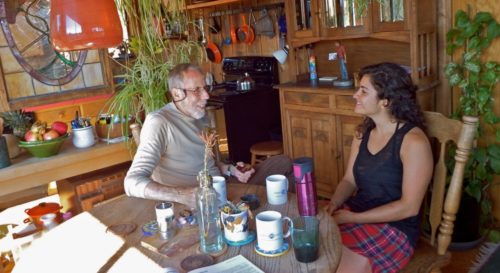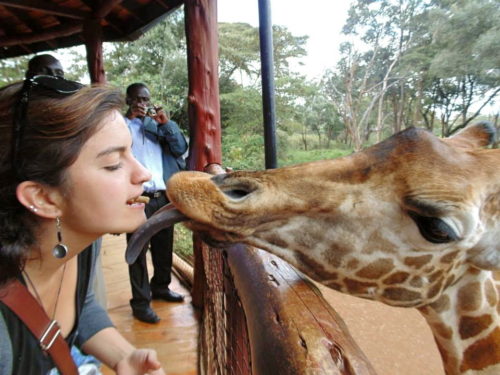Sun 31 Oct 2021
‘Mice and rats and such small deer’
Posted by DavidMitchell under History, Marin County, Photography, Wildlife
Comments Off on ‘Mice and rats and such small deer’
Caveat lectorem: When readers submit comments, they are asked if they want to receive an email alert with a link to new postings on this blog. A number of people have said they do. Thank you. The link is created the moment a posting goes online. Readers who find their way here through that link can see an updated version by simply clicking on the headline above the posting.
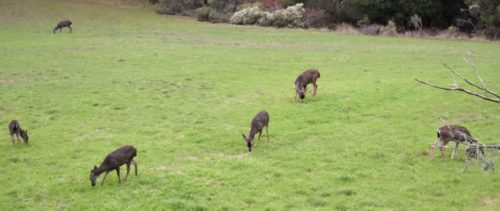
Seven of the nine deer that often show up together these days in the field below Mitchell cabin.
California’s Department of Fish and Wildlife has estimated that well over half the roughly 560,000 deer in California are Columbian blacktails, the deer native to West Marin and the San Francisco Bay Area.
For years many people believed (and many websites still say) that blacktails are a subspecies of mule deer, a species found from the Northwest to the deserts of the Southwest and as far east as the Dakotas. DNA tests, however, have now found mule deer to be a hybrid of female whitetail deer and blacktail bucks. Or so says author Valerius Geist in Mule Deer Country.
Whitetails first appeared on the East Coast about 3.5 million years ago. DNA evidence suggests they spread south and then west, arriving in California about 1.5 million years ago.
In moving up the coast, whitetails evolved into blacktails, which resemble them in appearance and temperament. Blacktails eventually extended their range eastward, meeting up with more whitetails coming from the east.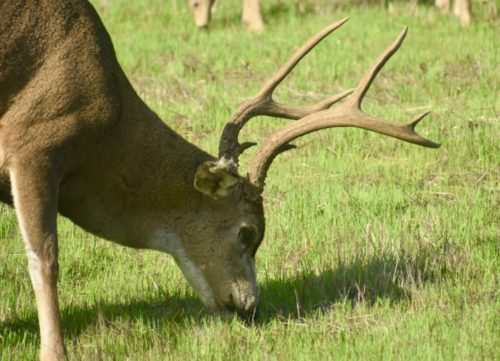
“Apparently the blacktail bucks [as seen here] were able to horn in on the harems of their parent species. The result: mule deer. Mule deer are so named because of their long ears.
Our word “deer” comes from the Old English word “deor,” which referred to animals in general, of course including deer. In Middle English, the language of Chaucer (c.1343-1400), the word was spelled “der,” and The American Heritage Dictionary notes it could refer to all manner of creatures, including “a fish, an ant, or a fox.” Or as Shakespeare wrote in King Lear, “Mice and rats, and such small deer,/ Have been Tom’s food for seven long year.”
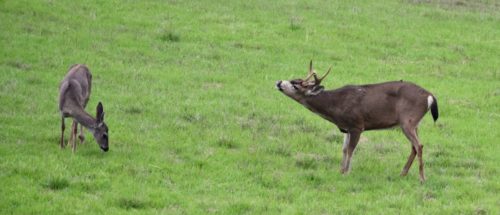
A buck sniffs a doe to determine whether she’s in heat.
“Deer rely heavily on scent for communication, especially during the mating season,” writes Jane Meggitt in Mating and Communication Behavior of Deer. “Certain gland secretions mix with urine, which gives deer information about the sex and reproductive state of other deer in their vicinity.”
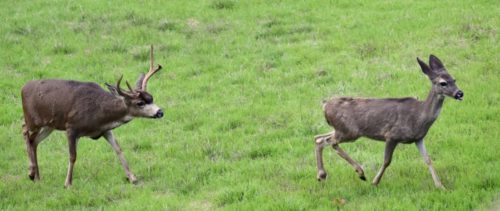
“Before the actual mating, does play ‘hard to get’ for several days. The buck chases a doe, and she eventually allows him to ‘catch’ her.
“After copulating several times over a period of a few days, the buck stays with the doe for a few more days until she is [no longer in heat]. He stays by her to keep other bucks away,” Meggitt writes.
“When he leaves, he might go on to find other does with which to mate. If the doe doesn’t get pregnant during that cycle, she goes into another estrus cycle within three to four weeks…. After an approximately seven-month pregnancy, a doe gives birth to her fawn, or fawns.
“It isn’t unusual for healthy, well-nourished does to give birth to twins or triplets. Fawns found alone aren’t usually abandoned. Their mother is nearby, but out of sight. Does and fawns vocalize to let each other know of their whereabouts. If a predator threatens a fawn, the mother stamps her forefeet, snorts and might try to drive the threatening animal or person away,” Meggitt adds.
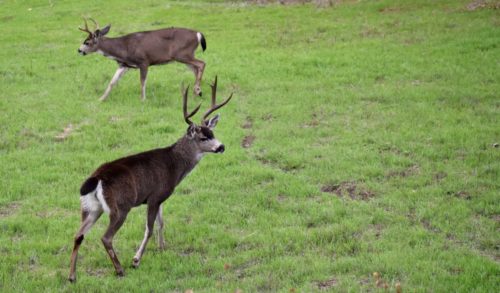
Two bucks ignore each in passing. The older deer in the foreground initially eyed the younger buck to see if it would try to horn in on his harem. It didn’t, and the old guy soon lost interest.

